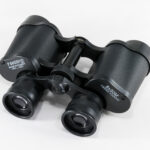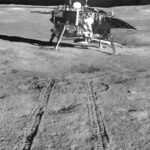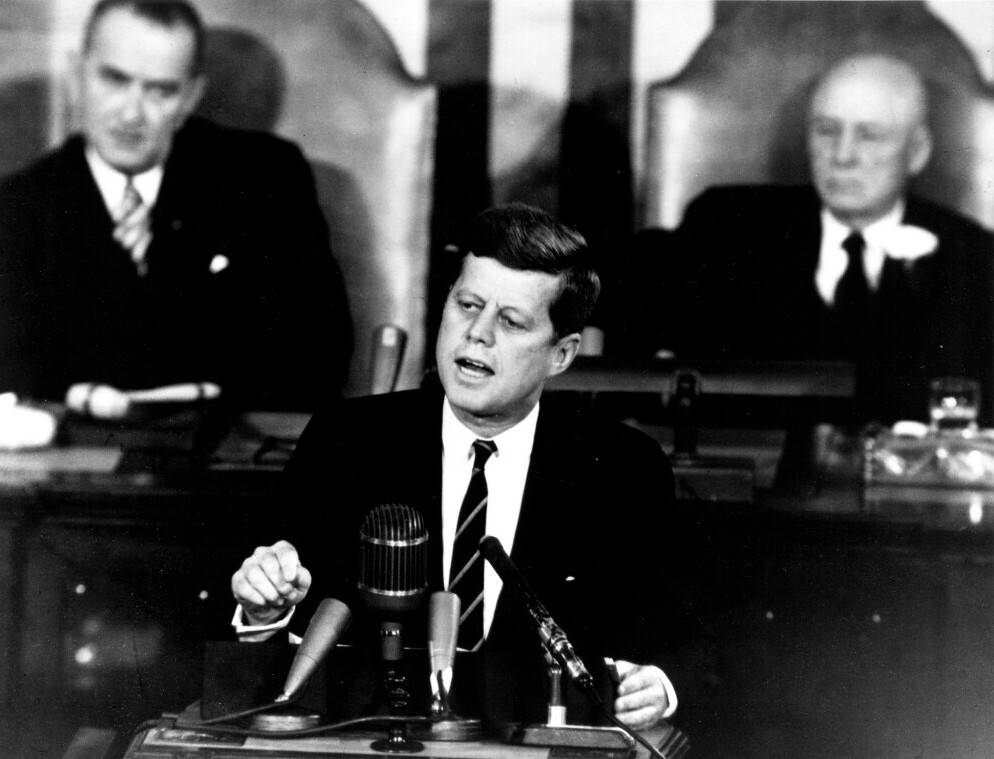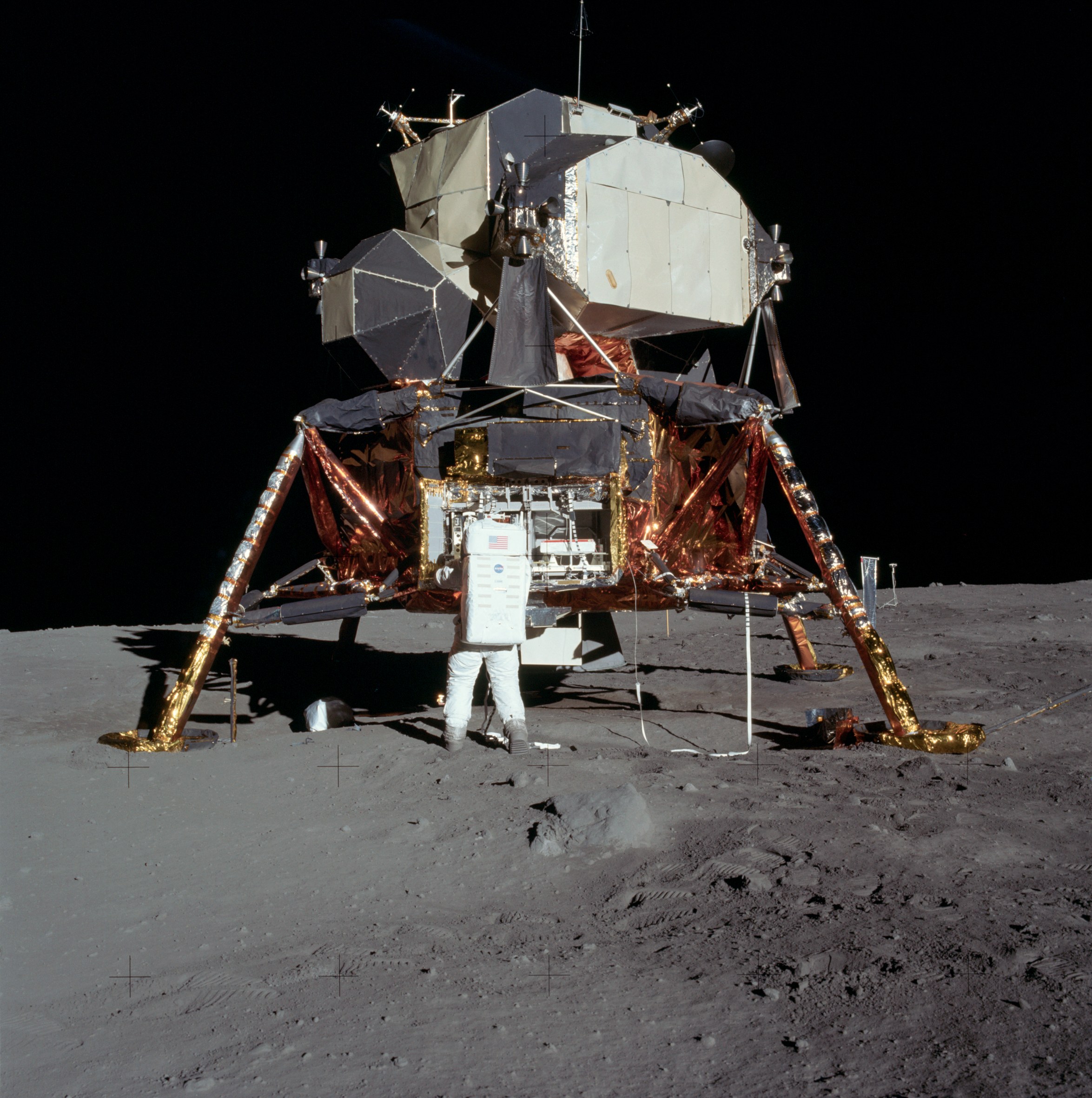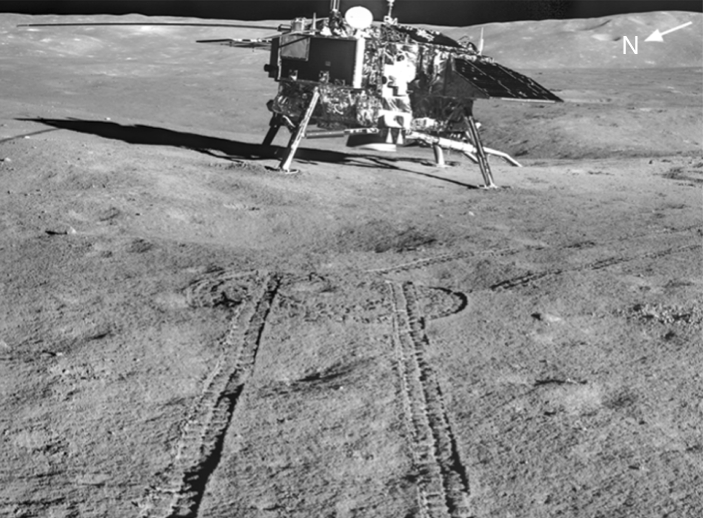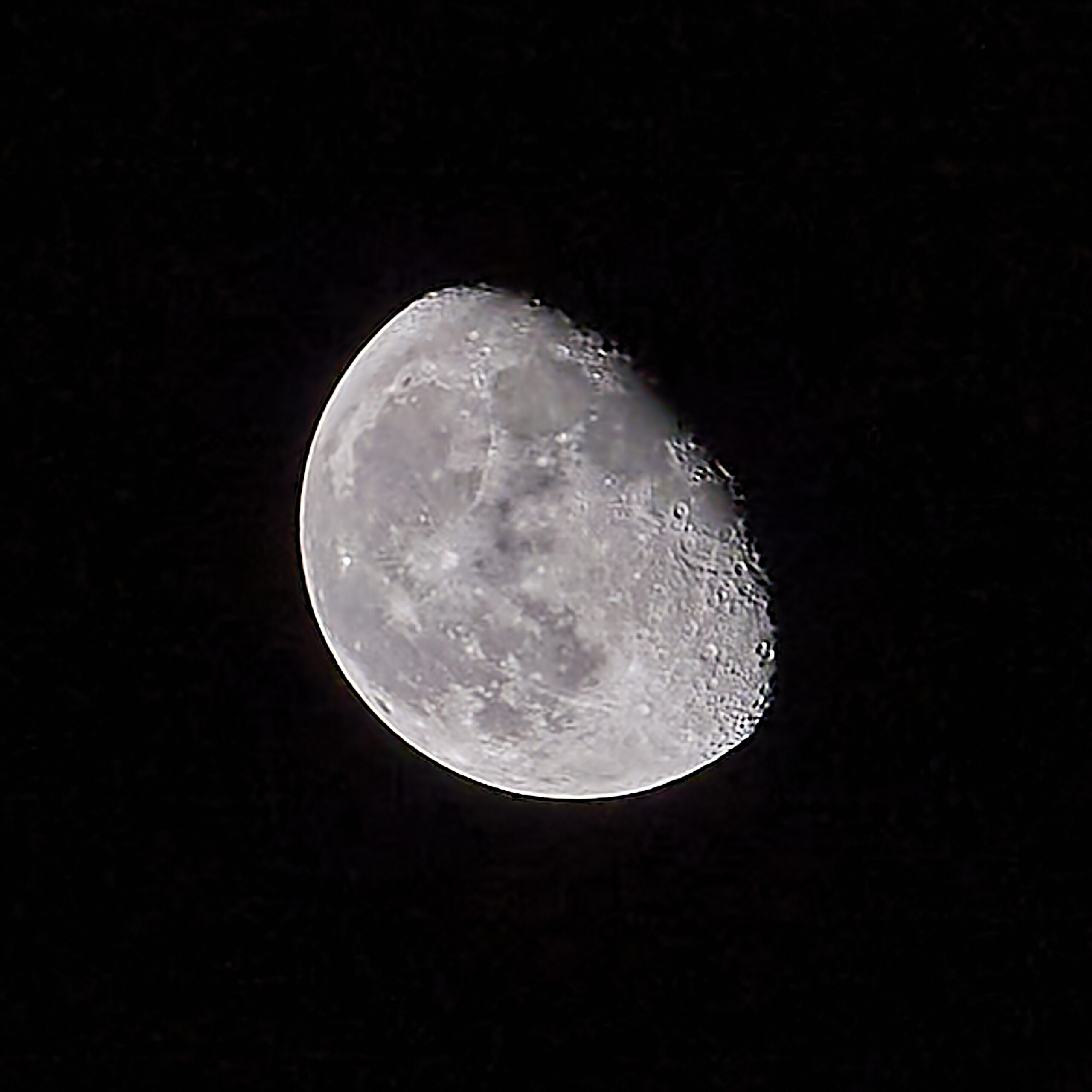Launching the Lunar Endeavors: The Race to the Moon
In the early 1960’s both the Soviet Union and the American’s had little success with missions to the Moon. Both had many failures, some during launch of missions or losing contact with the the space probe altogether.
By this time the American Space Program had a new name, The National Aeronautical and Space Administration, or NASA, as it is more well known. NASA was created in the late 1950’s to encompass all the United States space program.
The NASA finally had success it’s exploration of the Moon in July 1964 with Ranger 7. Designed as a impactor. Its mission succeeded far beyond expectations. It transmitted over 4,300 pictures during its last 17 minutes of flight. It hit the Moon at 1.62 mph.

Artist Impression of the United States’s Ranger 7 probe.
But things had already changed with the Super Powers interest in Moon exploration. Against the back drop of the Cold War people in America began to fear that the Soviet Union was technologically much further advanced than the US. A ‘goal’ was needed. That ‘goal’ would be one that united the American people and prove that the US was not ‘second’ to the Soviet Union. Step forward President John F. Kennedy.
Kennedy knew that America had to have a ‘goal’ that, upon achieving it, America would again be the most technologically advance power in the Wold.
His plan was bold, some said it was impossible. But on the 12th September 1962 he gave his “We choose to go to the Moon” speech. At this point the United States’ changed its perspective on Luna probes. Each probe and lander would be a step forward towards “landing a man on the Moon and returning him safely to Earth.”
Touchdown Triumphs: Luna 9 and the Surveyor Landers
During this time the Soviet Union continued to have success with their Luna program. Some were landers, while others continued to be impactors or flybys.
In January 1966 the Soviet Union succeeded in landing a probe on the Moon. Luna 9 landed in the Oceanus Procellarum, or Ocean of Storms. It sent back pictures of its surroundings until early February 1966.
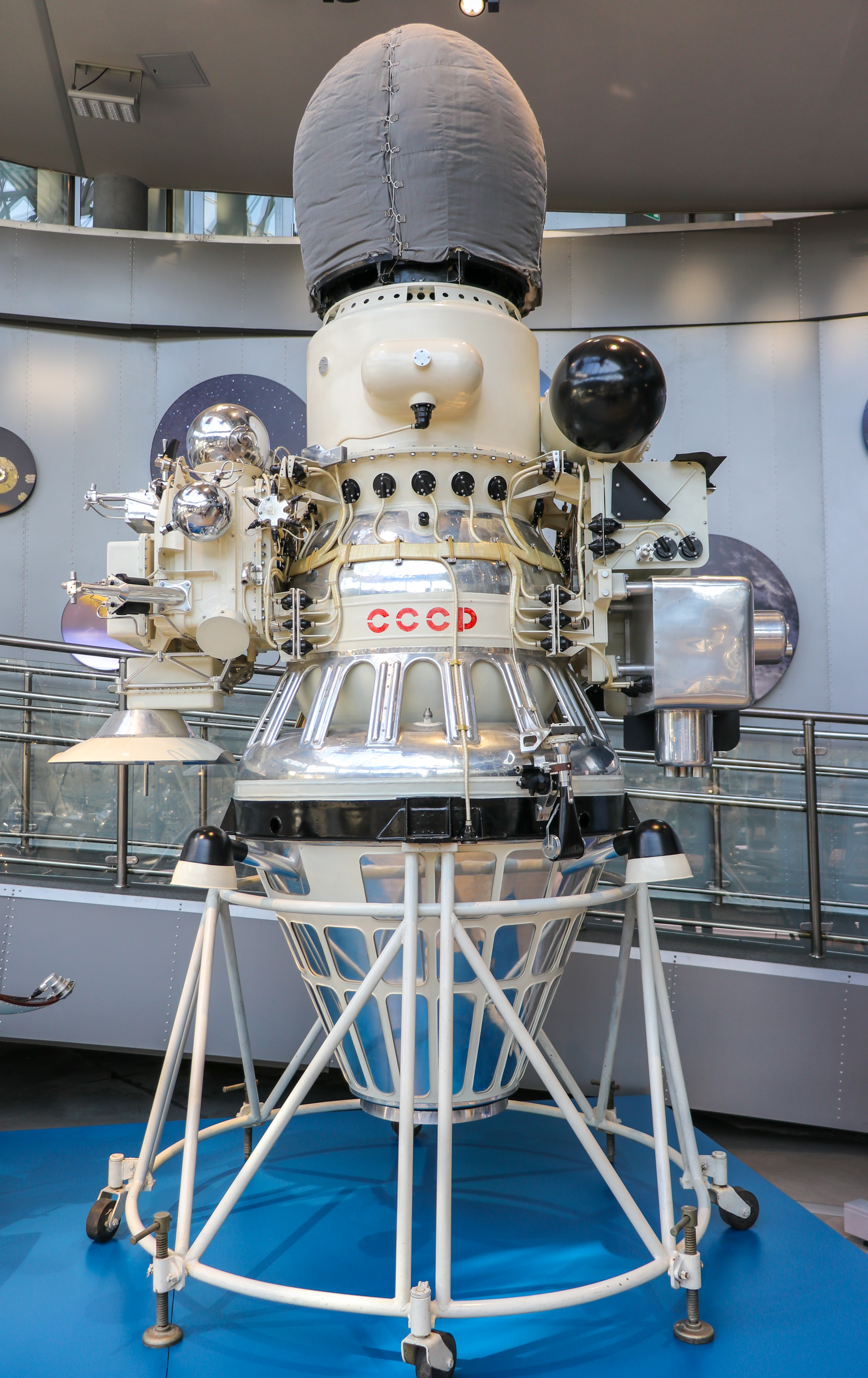
Replica of the Russian probe Luna 9
In May 1966 NASA had its own successful lander with Surveyor 1. The Surveyor landers were landed in areas where NASA felt it was possible to make a soft landing for the Apollo landers. Surveyor 3 was visited by Apollo 12 astronauts and the camera from Surveyor 3 was retrieved and brought back to Earth.
Orbiting the Moon: Paving the Path for Apollo
By 1966 the NASA was moving forward in its objective to land a man on the Moon before the decade was out. To find the the most appropriate landing sites for Apollo NASA needed accurate maps of the Moon. For this they created the Luna Orbiter program. The first of these was Luna Orbiter 2. Throughout the mid sixties Luna Orbiter’s 2, 3 and 4 all laid the ground work for the Apollo
Apollo’s Ascent: The Culmination of a Decade’s Advancements
All of NASA’s Moon probes from the mid sixties until Apollo were designed to get as much data as possible for the eventual landing of Apollo 11. But unfortunately things didn’t go as smoothly as planned. A fire in the Command Module of Apollo 1 caused the death of three American astronauts, Gus Grissom, Ed White, the first American to walk in Space and Roger B. Chaffee. This set back the planned landing time of Apollo on the Moon.u
NASA decided to make the next mission Apollo 7. After the fire on Apollo 1. NASA wanted to make sure that everything was safe for the astronauts. Apollo 7 consisted of the Command Module only and was thoroughly tested in Earth orbit. This gave NASA confidence in sending Apollo 8 to the Moon.
At this point NASA was back on track in sending a man to the Moon which would culminate in Apollo 11.
Though Apollo was, in principle, a political tool to prove the United States was still technologically further on than the Soviet Union, the latter Apollo’s were more scientifically centred.
The Apollo program left a legacy that if Mankind wants to achieve a goal then it will find a way to achieving it.. But Apollo also owes its own legacy and success to those early pioneering probes. Those successes and failures all built the success of Apollo and it also proved that Man can operate in space.

